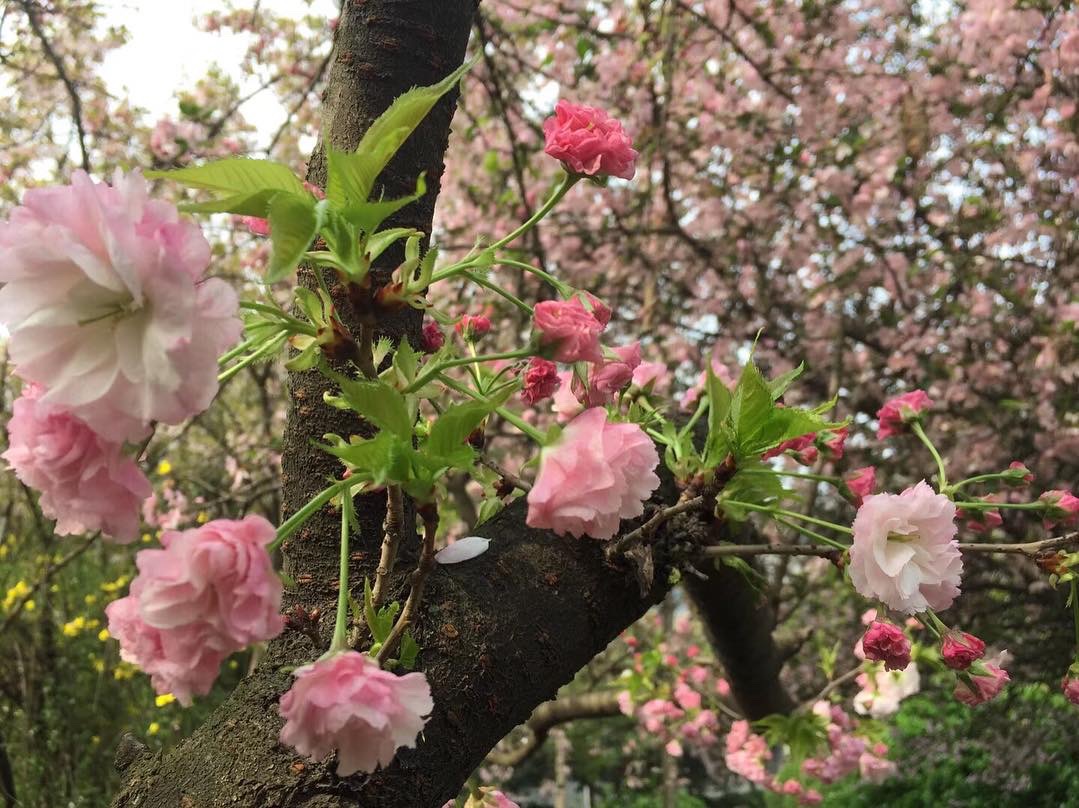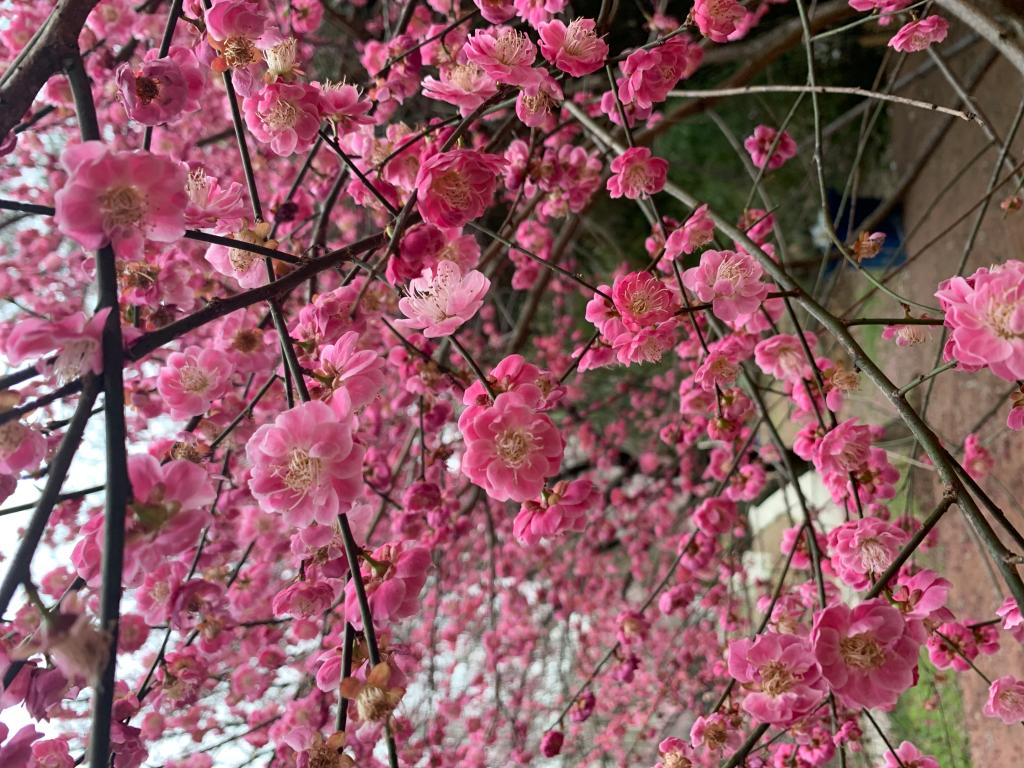When one thinks of metropolitan Chinese cities, most people will think of Beijing or Shanghai, but few would innately look at a Chinese map and point out a random city smack-bang in the middle of China. However, in China’s central Hubei Province lies the treasure trove city that is Wuhan.

Wuhan, where the two important rivers in China, the Yangtze River and the Han River, meet, is also known as “the River City.” No season is more special in Wuhan than early spring, a time when people cosy up to each other, when there’s a flurry of romance in the air, when, at every corner, everyone is flying in the clouds, dreamily meandering along rivers of inspiration.
Wuhan is a vibrant city with many exciting places to explore and unique foods to try, but it is also famous for its student population. There are many renowned universities in Wuhan, with the most well-known and highest-ranked being Wuhan University. According to the Times Higher Education World Rankings, as of 2019, there are 50,000 students at Wuhan University., With 8% of the student population classified as international students, the campus bolsters a large and diverse student body. Yet, from mid-March to early April every year, the campus overflows with tourists.
Founded in 1893, the University has a long historical standing among Chinese universities, and the Chinese Ministry of Education has included it in the prestigious Double First Class University programme. The campus covers a large area. The buildings feature classic white façade and most are decorated by flecks of teal green on the roofs. The university logo is also a mix of stunning green and white hues. Clearly, the designers of the campus put lots of time and effort into the layout of the heavenly slice of student paradise that is WHU. That being said, the campus looks the same all year round, so what's so special about March?
March is the season when the sakura, or Japanese cherry blossom, starts to bloom. Typically, cherry blossom trees are covered by green leaves, much the same as other surrounding vegetation. In March, however, the sakura welcomes spring with open arms by opening its buds and flowering for about a one- to two week period. There are over 600 species of sakura in Japan, however, on the campus of WHU, there are four different types with three distinctive colour variants - one an angelic white, another a rosy pink, and also a raspberry red. The names of the cherry blossom flowers further differ in the number of petals.

There are two main places on and around campus where the cherry blossoms can be enjoyed: the Cherry Garden in Wuhan University and the East Lake Scenic Area beside the campus. Each year, crowds of excited tourists from all over China flock to the campus, as the backdrop of the campus makes for stunning pictures. The number of tourists each year ranges from 100,000 to 200,000 or so.
Nowadays, the sakura flowers are recognised as a symbol for fragility, grace, and short-lived beauty. However, this was not always the case. In 1938, the Japanese army occupied Wuhan, and used Wuhan University as a field hospital. In the spring of the same year, the Japanese soldiers missed their homeland, and so the first cherry trees were imported into Wuhan University.

According to the Wuhan University Alumni Association, after the re-establishment of diplomatic ties between China and Japan in the 1970s, another 50 trees were given to the University as a gift by the Japanese government. The trees served as a symbolic offering of cooperation from former Japanese Prime Minister Kakuei Tanaka when signing the Japan-China joint communique in 1972.
Then, in 1983, Japan sent another 100 cherry blossom trees to Wuhan University to commemorate the ten-year anniversary of diplomatic relations between China and Japan. From then on, different varieties of cherry blossom trees have been introduced through other means and are often replanted because their lifespan ranges from only 16-20 years. The landscape workers of WHU have designed the layout for cherry blossom trees in campus, and the total number of trees on campus has increased to more than 1,000.
Since then, Wuhan University has been celebrating the famed Sakura festival and has been seeing thousands of tourists and visitors come to see the city’s attractive cherry blossom trees. In early spring each year, the city also witnesses tourists visiting other parts of the town during this season, checking out the famous Yellow Crane Tower, Yangtze River, the East Lake, Hubei Museum and other parts of town where the sakura trees bloom.

It is said that “beauty not admired is a sin,” and many professional photographers and students clicking photos keep that in mind when participating in one of the many photography competitions held during this time in and around the city. For the students of Wuhan University, it is an opportunity to display their skills and appreciation of beauty in the “Art and Photography competition” that is organized by Wuhan University’s International Students Union (WISU). The competition sees a number of students display their forte of art and photography skills.
The festive season then concludes with the end of the cherry blossom florescence, thus letting the state of normalcy return to student life in Wuhan University, waiting for the next as the hot summer arrives.
Photo by Wuhan University International Student Union (WISU) Art & Photography Competition
Edited by Zhou Siyan, Wang Wei, Zheng Yayun, Shi Weiya & Hu Sijia